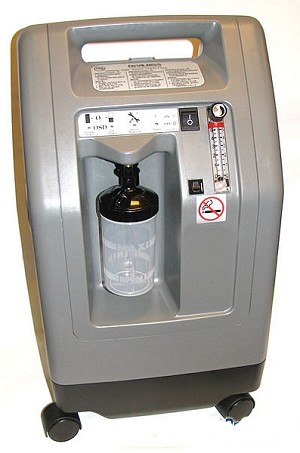Pain is a deeply personal experience, one that defies easy quantification. For years, doctors have relied on a standard 0-to-10 pain scale to gauge patient discomfort. However, this system falls short for many, including Northeastern University professor Yingzi Lin, whose personal experiences with her father’s post-surgical pain and her own labor pain led her to question the effectiveness of the approach. Lin’s background in mechanical and industrial engineering inspired her to tackle the problem from a scientific and technological perspective—by developing an objective way to measure pain.
The subjective nature of pain measurement, Lin believes, often fails patients. Her father, raised in China and having lived with chronic pain, struggled to express his discomfort using the numerical scale. Similarly, Lin herself hesitated to report high pain levels during childbirth, fearing it might lead to unnecessary medical intervention. These experiences highlighted a need for a more accurate, objective method to quantify pain.
Ice Water and Pin Pricks: The Basis for Pain Measurement
In her groundbreaking research, Lin uses a combination of physical tests, such as pin pricks, sustained pressure, and cold water immersion, to induce pain in study participants. These tests are designed to simulate varying pain levels in controlled conditions. Lin, the first to undergo these tests, gathers real-time physiological data from sensors attached to participants’ heads and chests, tracking metrics like heart rate, muscle movement, galvanic skin response, and brain wave activity.
Facial expressions and eye movements are also closely monitored. These physiological signals are then fed into machine learning algorithms to identify patterns that correlate with the level of pain being experienced. Lin’s research, which has gained attention from the scientific community, was recently featured in Nature, emphasizing how a so-called “pain-o-meter” could revolutionize pain treatment.
AI Models and the Search for Objective Pain Indicators
The crux of Lin’s approach lies in artificial intelligence (AI). By fusing information from multiple physiological signals, the AI models aim to pinpoint reliable indicators of pain that could offer a more accurate and consistent measurement than self-reported pain scores. The ultimate goal, Lin explains, is to develop an objective system that can be used in real time to help doctors better understand patients’ pain and respond accordingly.
One challenge is determining which measurements are most practical for widespread use. While brain wave data from EEGs provide valuable insights, it may not be feasible to use such technology in every clinical setting, such as labor and delivery rooms or emergency departments. Lin and her team, including a hospital patient safety director, are working on identifying the best, most feasible combinations of signals to ensure their system can be applied across a range of healthcare environments.
The Broader Implications: A Game-Changer for Pain Management
Pain is universal, and its management has long posed a challenge in medicine. Babies, non-verbal patients, and those who are unconscious are often undertreated for pain because they cannot communicate their discomfort effectively. Meanwhile, some patients, according to pain management physicians, may exaggerate pain levels to secure opioid prescriptions, contributing to the ongoing opioid crisis.
An objective measurement system could provide a solution to both undertreatment and overtreatment, ensuring that patients receive appropriate care based on their true pain levels. Lin envisions the development of commercial applications for her research within the next few years, with potential uses both in clinical settings and at home, particularly for chronic pain sufferers.
“Moving forward, my ultimate goal is to not only use this in a clinical setting but maybe a home device that can be useful,” Lin says.
If successful, Lin’s work could fundamentally change how pain is understood and treated, improving outcomes for millions of patients worldwide.












